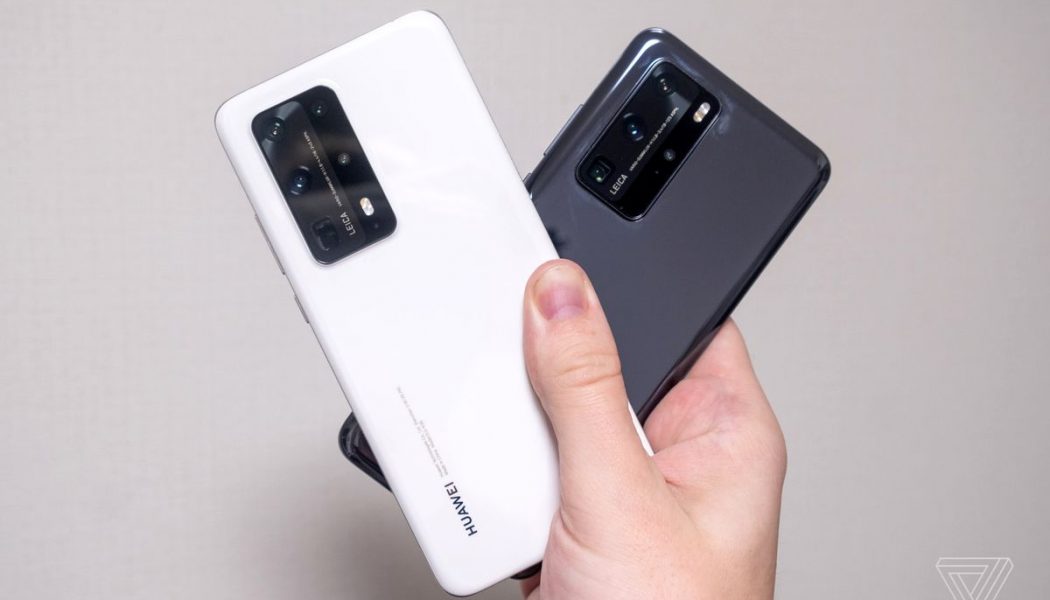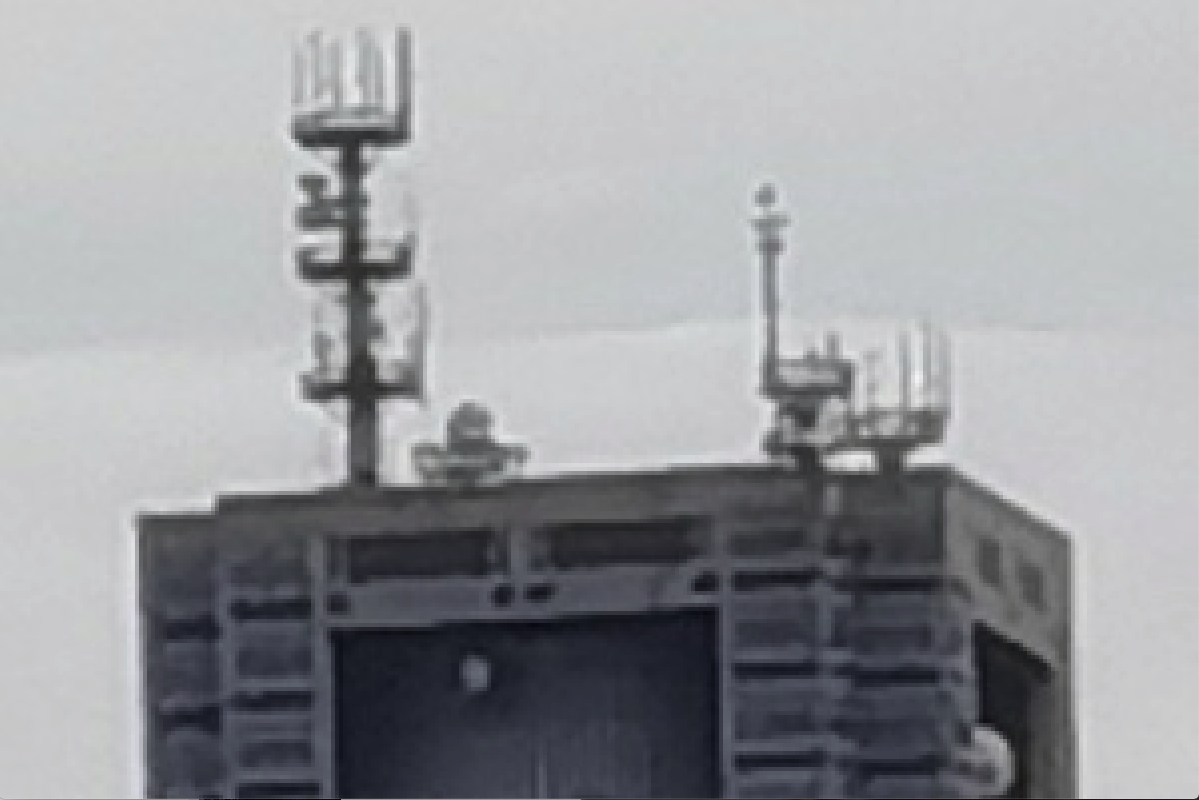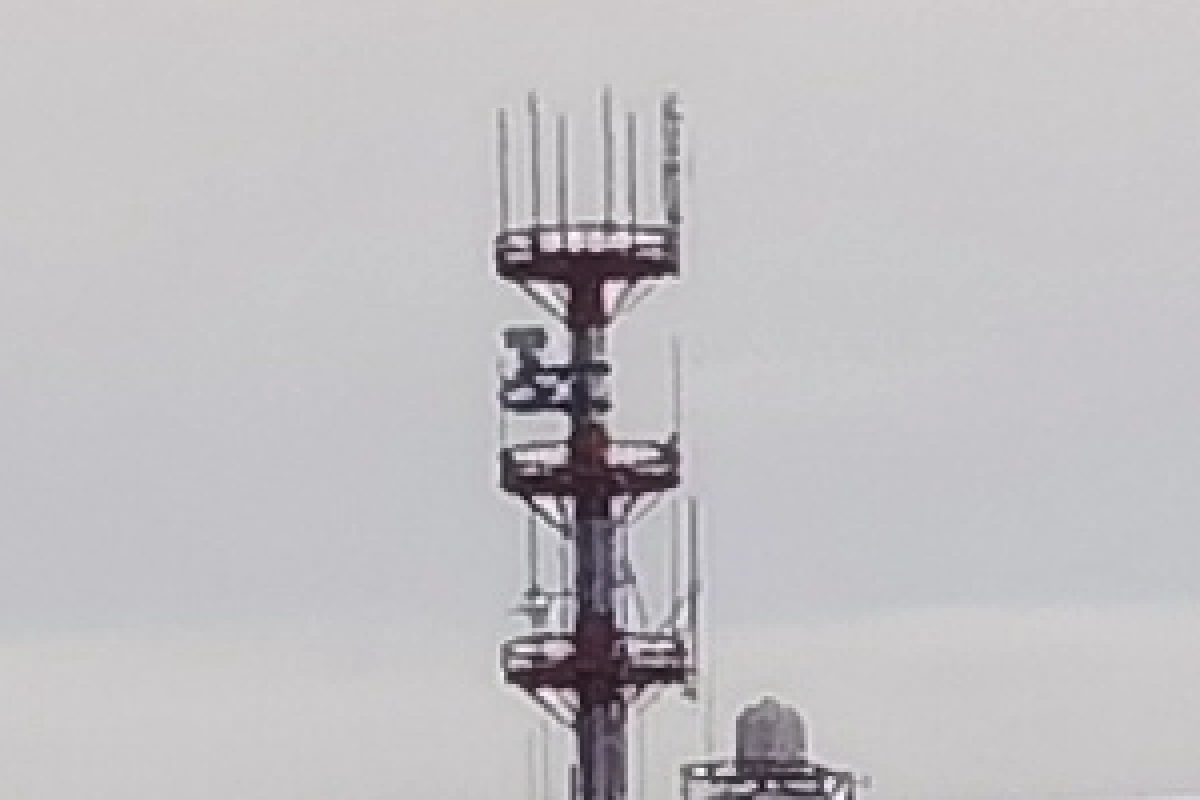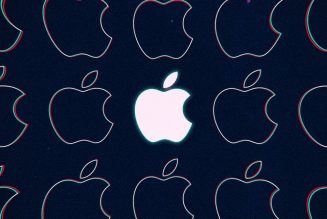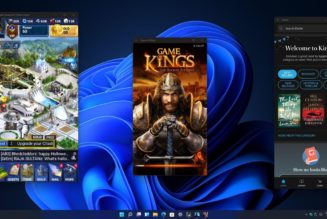It’s difficult to recommend that anyone in the West go buy a Huawei phone right now, since the Chinese tech giant is forbidden from shipping Google apps and services on its products. Their technical chops, however, should be in no doubt. I reviewed the flagship P40 Pro phone earlier this year and came away very impressed with the screen, camera, performance, and battery life — basically everything but the software, which is largely out of Huawei’s hands.
More recently, I’ve been testing the P40 Pro Plus, the higher-end version of the P40 Pro. Buying recommendations aside, it’s worth taking a look at because of its truly unique camera. Telephoto lenses are getting more commonplace on phones, but there aren’t any others that can match up to this one.
The P40 Pro Plus is essentially indistinguishable from the non-Plus Pro when you look at it head-on. Both have an identical footprint and share the same 6.58-inch 90Hz 1200p OLED display with curved edges on all four sides. Other specs like the Kirin 990 processor and 4,200mAh battery are shared across both models. The Plus is slightly heavier, though, which can likely be attributed to the use of ceramic rather than glass on the back panel — as well as the larger camera module.
:no_upscale()/cdn.vox-cdn.com/uploads/chorus_asset/file/21891033/DSCF7378.jpg)
The Plus does have a bigger camera bump, but not dramatically so. It houses four lenses, or five if you count the time-of-flight depth sensor — either way, there’s one more camera than on the P40 Pro. While both phones share the same 50-megapixel primary sensor and 40-megapixel ultrawide modules, the telephoto setups are very different.
The P40 Pro has a 5x periscope telephoto lens similar to what Huawei shipped on the P30 Pro last year, as well as on other phones from companies like Oppo and Samsung. The Pro Plus, however, has two telephoto lenses: one at 3x zoom, and another periscope module at an unprecedented 10x, or 240mm-equivalence in 35mm terms.
That means that the P40 Pro Plus has more zoom reach than just about any other smartphone unless you count historical oddities like Samsung’s Galaxy S4 Zoom, which was essentially a point-and-shoot camera strapped to an Android phone. Beyond pure zoom reach, though, the longer focal length means you can take photos of closer subjects that just wouldn’t be possible on any other phone.
Here’s one of my dog Pascal, for example.
:no_upscale()/cdn.vox-cdn.com/uploads/chorus_asset/file/21890992/pascal.jpg)
If you told me this was taken on a DSLR with a zoom lens, I would one hundred percent believe you. This isn’t using a software-based portrait mode, and you can tell by the natural falloff in the depth of field and the way the bars in the foreground are subtly blurred even though they’re only slightly outside the plane of focus. Huawei has also wrung a lot of detail out of the 8-megapixel sensor.
To better illustrate the difference in depth of field compared to 5x periscope telephoto lenses, here are two photos taken of the same subject — one on the P40 Pro Plus at 10x, one with the P40 Pro’s 5x lens zoomed into 10x.
The difference in detail on the lantern is clear, which is to be expected given the use of digital zoom. But look at the background — the bokeh is far smoother and less distracting on the photo from the Plus, despite the 10x lens’ slower f/4.4 aperture next to the 5x lens’ f/3.4. The longer focal length makes a much bigger difference.
Next, let’s take a look at the conventional zooming capability. Here’s a shot of a far-off Tokyo skyline taken on both the P40 Pro Plus (left) and the P40 Pro.
:no_upscale()/cdn.vox-cdn.com/uploads/chorus_asset/file/21890996/plus1x.jpg)
:no_upscale()/cdn.vox-cdn.com/uploads/chorus_asset/file/21890997/pro1x.jpg)
As you’d expect from a landscape scene in cloudy weather captured by two ostensibly identical cameras, they’re kind of a wash. The slight difference in temperature could well be down to the movement of the clouds.
Let’s go to 3x. Again, Plus on the left and Pro on the right.
:no_upscale()/cdn.vox-cdn.com/uploads/chorus_asset/file/21890998/plus3x.jpg)
:no_upscale()/cdn.vox-cdn.com/uploads/chorus_asset/file/21890999/pro3x.jpg)
And let’s see what they look like at the pixel level:
The P40 Pro Plus beats the Pro here, because it has a dedicated 3x lens while the Pro is just using digital zoom. At 5x, though, the situation is flipped because of the Pro’s 5x lens:
But at 10x, there’s just no competition, even as Huawei does its best to make up the gap in software.
The P40 Pro Plus clearly wins at taking pictures of far-off objects. But that doesn’t mean it’s superior all through its zoom range. It’s a tradeoff. I could see the Plus being extremely useful in a world where attending live sporting events was a thing, for example, or for taking photos in nature. For most people, though, 5x zoom is probably plenty. A phone with both 3x and 5x lenses could be a sweet spot in terms of versatility — but again, the P40 Pro Plus can take pictures that just otherwise wouldn’t be possible without its 10x module.
It’s also worth taking a look at the P40 Pro Plus’ other cameras, which are very strong competitors particularly in low-light situations. Here’s a night mode shot compared to the iPhone 11 and Pixel 4A, which we’ve also found to be some of the most impressive phones for low-light photography:
(Huawei P40 Pro Plus top, iPhone 11 bottom left, Pixel 4A bottom right, or in that order on mobile. Click to view fullscreen.)
The Huawei shot is cleanest here and captures by far the most detail, though the iPhone has the most neutral colors. Here’s how they look with night mode off:
(Huawei P40 Pro Plus top, iPhone 11 bottom left, Pixel 4A bottom right, or in that order on mobile. Click to view fullscreen.)
Again, Huawei has the most detail while leaning redder than the Pixel’s green-tinted shot, but the iPhone falls far behind. (It’s worth noting, though, that you have to actively turn night mode off on the iPhone, whereas it’s a separate camera setting on the Huawei and Google phones.)
(Huawei P40 Pro Plus top, iPhone 11 bottom left, Pixel 4A bottom right, or in that order on mobile. Click to view fullscreen.)
This is an interesting comparison because the three phones handle light very differently. The Pixel has the punchiest, most contrasty exposure at the expense of some highlight detail, while the P40 Pro Plus preserves the highlights for a flatter image overall, and the iPhone is somewhere inbetween the two. It’s kind of a toss-up as to which anyone might prefer best — there’s something to be said for all of them, though if I were planning on editing the photos at all I’d rather have the Huawei’s detail to work with.
(Huawei P40 Pro Plus top, iPhone 11 bottom left, Pixel 4A bottom right, or in that order on mobile. Click to view fullscreen.)
This dark shrine captured in night mode also turned out extremely different results across all three phones. The iPhone is actually the sharpest, surprisingly, and takes by far the most aggressive approach to exposing bright colors. The Pixel’s color is a little more natural, but the photo is blurry and lacking detail. Huawei falls inbetween the two in terms of sharpness, but the colors are quite dull. Again, I’d rather edit the Huawei out of all of these, but the iPhone picture is definitely the one I’d choose to tweet in the spur of the moment.
Finally, I thought it’d be worth looking at the P40 Pro Plus’ ultrawide camera, because as with the P40, there is just no competition between this 40-megapixel module and the pokey ultrawides on just about any other phone. It’s the same sensor as the main camera in the P30 Pro, and it shows.
Just look at this comparison with the iPhone 11. The iPhone’s ultrawide is barely usable in low light, while the P40 Pro Plus shot looks great.
One thing you’ll notice is that the Huawei shot is from a less wide angle than the iPhone, at around 18mm equivalence versus 13. That may well be a tradeoff because of the larger sensor — wider optics tend to get pretty bulky in order to project light onto a bigger surface — but I actually prefer the field of view too. 18mm is still very much an ultrawide focal length, but 13mm gives you a much more extreme perspective, and consequently it’s harder to get truly useful shots with it — particularly given the gulf in image quality. I like Huawei’s decision here.
So, that’s what you’re missing out on by not using a Huawei phone, whether you’re in Europe, Canada, or Australia (where they’re sold with software compromises) or the US (where they’re not sold at all). The P40 Pro Plus isn’t necessarily going to take the most pleasing shots right out of the camera — I think Google and Apple tend to turn in more reliable results in good light in terms of their color science. But if you look at the smartphone landscape today, it’s hard to think of any devices that are as technically capable as the P40 Pro Plus.
